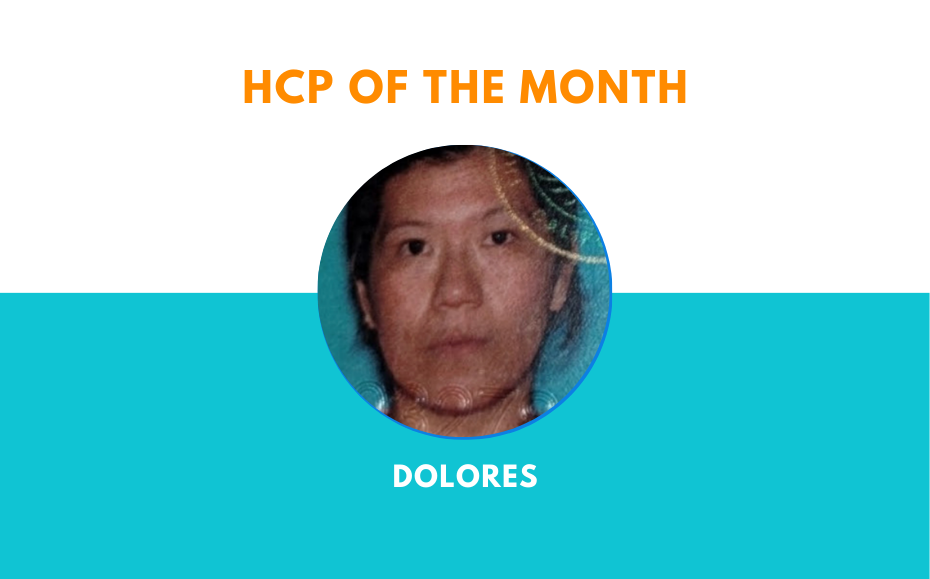Healthcare does not stay still. Registered nurses (RNs) need to keep up with rapidly-changing technology, and constantly updating medical information. How many Continuing Education (CE) Contact Hours you are asked to fulfill and what kind of classes you may be required to attend will depend, from state to state. In this article, we will show you how to renew your RN license in your state of choice.
What are Continuing Education Courses?
CE courses provide RNs with the most up-to-date medical information available. This way, all HCPs are updated with regards to the current state of healthcare, and remain sharp with their medical skills. In a field like healthcare, the smallest errors can have the biggest consequences. It may seem insignificant, but proper CE education makes a huge difference, when it comes to reducing error and increasing RN effectiveness.
Why is Continuing Education important?
To ensure patient safety and a high baseline standard for healthcare quality, RNs are made to renew their licenses periodically. That way, they will be made to keep their skills sharp and their knowledge updated with the latest, most effective best practices. Though requirements for license renewal changes depending on where you live, most State Boards of Nursing will ask you for CE Contact Hours. These show that you are taking classes to hone your skills or refresh your medical knowledge.
What kind of CE Courses are there?
CE courses cover all kinds of different material. Some lectures will cover soft skills, hard clinical skills, academic medical knowledge and more. Every time you complete a course, you earn a “contact hour” for every hour spent taking your lessons. Finishing your CE course requirement typically means accruing a certain number of contact hours that are verified by proof of completion.
RNs can also choose from a variety of different CE formats. Lessons may be carried out in traditional conferences or academic lectures, or remote lectures and webinars. Some classes even provide “self-study courses” to HCPs who prefer a personalized learning experience that allows them to go at their own pace.
How do I find the right CE courses?
CE courses can be found from a variety of healthcare institutions, nursing schools, publications, and even online academies (though every class has a number of in-person clinical requirements.) Regardless of where you find your Continuing Education Units (CEUs), what matters is that you finished your classes from an accredited provider.
Without approval from your state board of nursing, none of the hours that you take will be recognized. You can find a list of accredited schools on a nursing board’s website, or contact your local governing board directly for more information.
What are the Continuing Education requirements?
As was mentioned earlier, different states have different CEU requirements. On top of contact hours, some states will require you to pick up specific kinds of Continuing Education Courses, as part of their renewal policy.
As an example, we can look at the current RN CEU requirements, state by state.
Alabama: 24 CE Contact Hours (finished within the 2 year renewal period.) Can include 12 hours of self-study courses.
Alaska: 30 CE Contact Hours (finished within the 2 year renewal period.)
Arkansas: 15 CE Contact Hours (finished within the 2 year renewal period).
California: 30 CE Contact Hours (finished within the 2 year renewal period).
Connecticut: 2 CE Contact Hours (Finished within the 6 year renewal period.) Split between the following subjects:
- Training for suicide prevention
- Screening for depression, post-traumatic stress disorder, and grief
District of Columbia: 30 CE Contact Hours eerie two years. 3 hours on AIDS/HIV Training and 2 hours on cultural/LGBTQ+ sensitivity.
Delaware: 30 CE Contact Hours (finished within the 2 year renewal period.) 3 hours on dealing with substance abuse.
Florida: 24 CE Contact Hours (finished within the 2 year renewal period,) This includes 2 hours on the nursing laws of Florida, 2 hours of Workplace Impairment Recognition (completed every 4 hours,) 2 hours of medical error prevention, and 2 hours on human trafficking.
Georgia: 30 CE Contact Hours (finished within the 2 year renewal period.)
Hawaii: 30 CE Contact Hours (finished within the 2 year renewal period.)
Idaho: 15 CE Contact Hours (finished within the 2 year renewal period.)
Illinois: 20 CE Contact Hours (finished within the 2 year renewal period.)
Iowa: 36 CE Contact Hours (finished within the 3 year renewal period.) This includes 2 hours on child abuse management.
Kansas: 30 CE Contact Hours (finished within the 2 year renewal period)
Kentucky: 14 CE Contact Hours every year. This includes material on suicide prevention and recognizing implicit bias.
Louisiana: 30 CE Contact Hours or 900 licensed practice hours (finished within the 2 year renewal period.)
Maryland: One of the following:
- 30 CE Contact Hours (finished within the 2 year renewal period.)
- Accredited nurse education program (finished every 5 years.)
- 1,000 hours of active licensed practice hours (completed every 5 years.)
Massachusetts: 15 CE Contact Hours (finished within the 2 year renewal period.)
Michigan: 25 CE Contact Hours (finished within the 2 year renewal period.) This includes 2 hours on pain and symptom management.
Minnesota: 24 CE Contact Hours (finished within the 2 year renewal period.)
Mississippi: 20 CE Contact Hours (finished within the 2 year renewal period.)
Montana: 24 CE Contact Hours (finished within the 2 year renewal period.)
Nebraska: 20 CE Contact Hours (finished within the 2 year renewal period.)
Nevada: 30 CE Contact Hours (finished within the 2 year renewal period). This includes 2 hours on cultural competency. All nurses must complete a 4 hour bioterrorism course.
New Hampshire: 30 CE Contact Hours (finished annually)
New Jersey: 30 CE Contact Hours (finished within the 2 year renewal period). This includes 1 hour on organ tissue donation.
New Mexico: 30 CE Contact Hours (finished within the 2 year renewal period.)
New York: Finish an infection control course approved by the NYSED OR apply for exemption (Finished within the 4 year renewal period.)
North Carolina: 30 CE Contact Hours (finished within the 2 year renewal period.) Can be reduced to 15 CE Contact Hours, if the nurse completes 640 hours of active practice. Alternatively, nurses can simply finish a board-approved refresher course.
North Dakota: 12 CE Contact Hours (finished every year)
Ohio: 24 hours (finished within the 2 year renewal period.) This includes 1 hour on Ohio’s nurse laws.
Oklahoma: 24 hours (finished within the 2 year renewal period.)
Oregon: : 20 or 30 CE Contact Hours (finished within the 2 year renewal period) , depending on how many practice hours you have logged. If 600 practice hours, the former. If 800, the latter. 2 hours on cultural competence. There is also a one time 7 hour pain management course.
Pennsylvania: 30 CE Contact Hours (finished within the 2 year renewal period). This includes 3 hours on child abuse reporting and recognition.
Rhode Island: 10 CE Contact Hours (finished within the 2 year renewal period.) This includes 3 hours on treating substance abuse.
South Carolina: 30 CE Contact Hours (finished within the 2 year renewal period.)
Texas: 20 CE Contact Hours (finished within the 2 year renewal period.) 2 hours on bioterrorism.
Utah: Complete one of three requirements.
- 15 CE Contact Hours and 200 hours of licensed practice
- 400 hours of licensed practice
- 30 CE Contact Hours
Virginia: Complete one of three requirements finished within the 2 year renewal period.)
- 30 CE Contact Hours
- At least 3 credit hours of post-academic education related to nursing practice from an accredited provider
- Finish an evidence-based practice project OR research study.
- 15 CE Contact Hours and 640 hours of licensed practice
- Teaching or creating 30 CE Contact Hours worth of continuing education courses
- Board-approved nursing refresher course
- During the renewal period, write or co-write a publication
- Teaching or creating courses that add up to 3 semester hours of college credit, an entire specialty certification course or a 15-week long course
- Active specialty certification provided by national certifying organization
Washington: Complete the following:
- 8 CE Contact Hours
- Register at e-Notify and finish the Nursesys survey
- 96 licensed practice hours (annually)
West Virginia: 12 CE Contact Hours (finished every year.) This includes 2 hours on mental health and 1 hour on drug diversion training and prescribing medications safely.
Wyoming: 400 hours of active licensed practice OR 200 hours of active licensed practice and 15 CE Contact Hours (finished within the 2 year renewal period.)
The states that are not listed do not have renewal requirements.
Keep in mind that CEU renewal requirements are always changing. Be sure to check the official Board of Nursing websites, or contact your local Board of Nursing directly, before you proceed with fulfilling your continuing education requirements.













